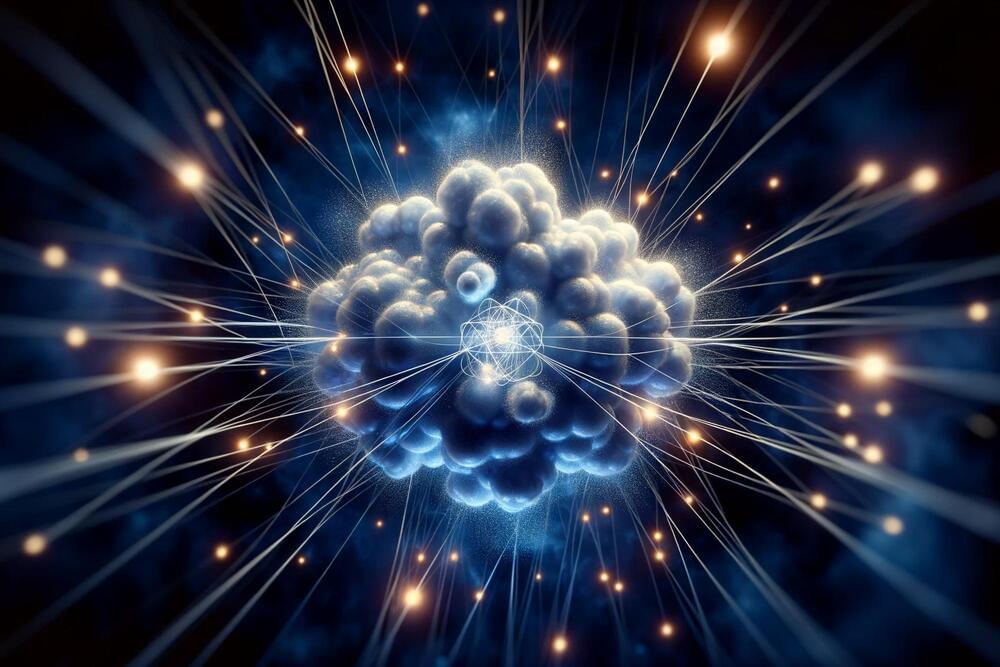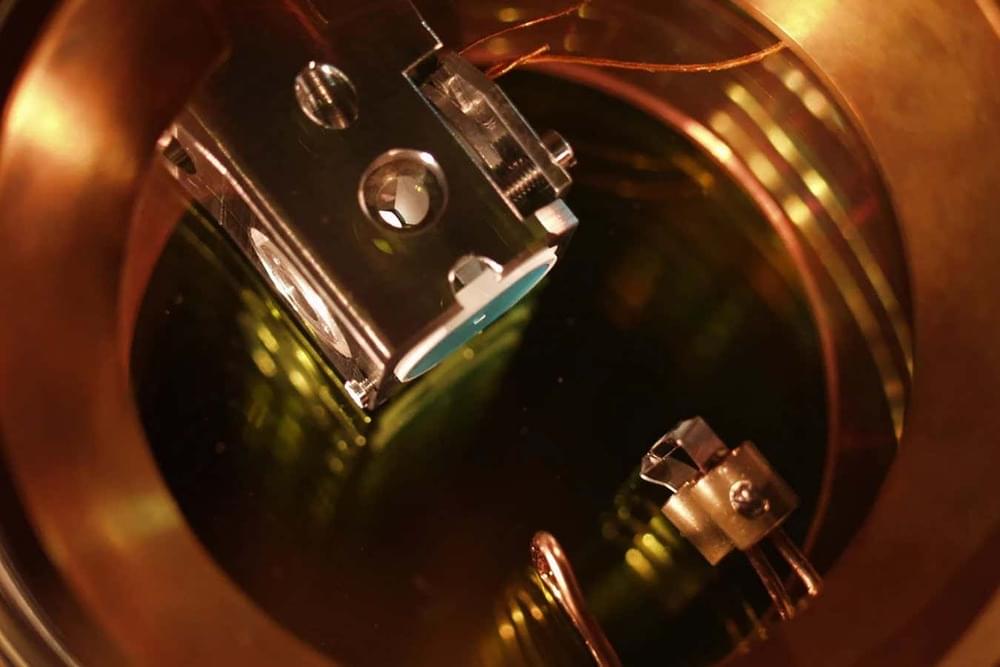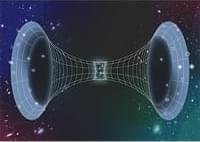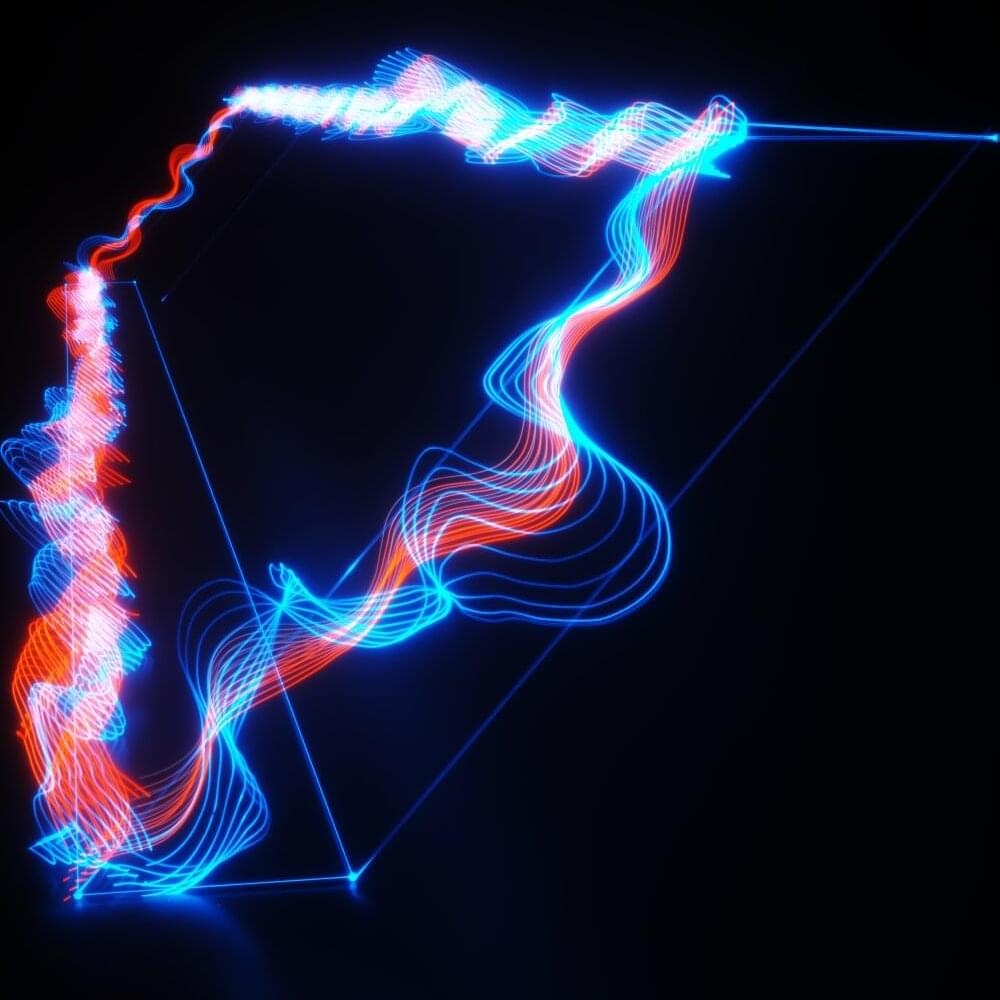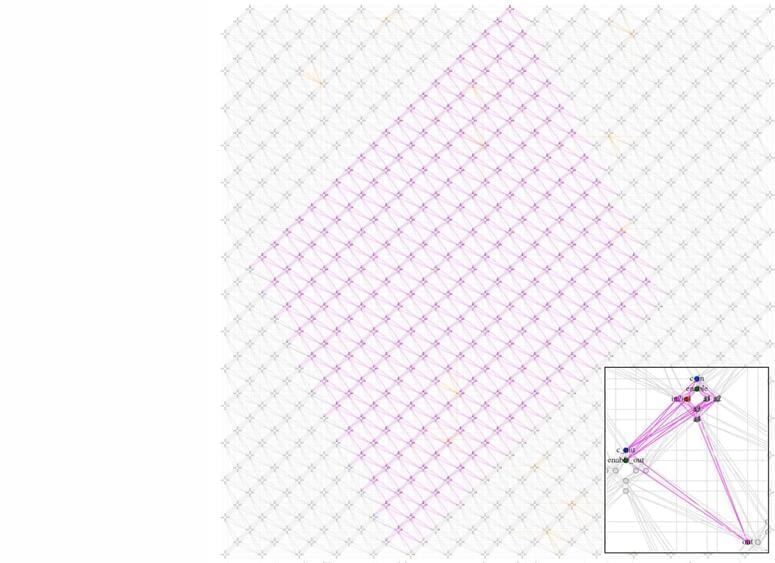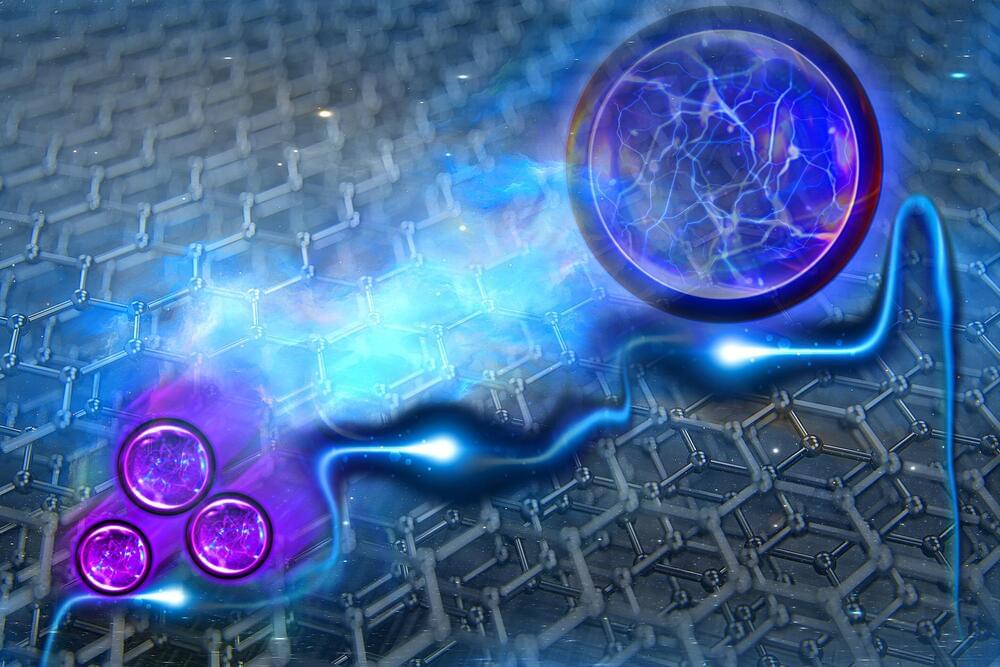An international team of scientists has made a new discovery that may help to unlock the microscopic mystery of high-temperature superconductivity and address the world’s energy problems.
In a paper published in the journal Nature, Swinburne University of Technology’s Associate Professor Hui Hu collaborated with researchers at the University of Science and Technology of China (USTC) in a new experimental observation quantifying the pseudogap pairing in a strongly attractive interacting cloud of fermionic lithium atoms.
